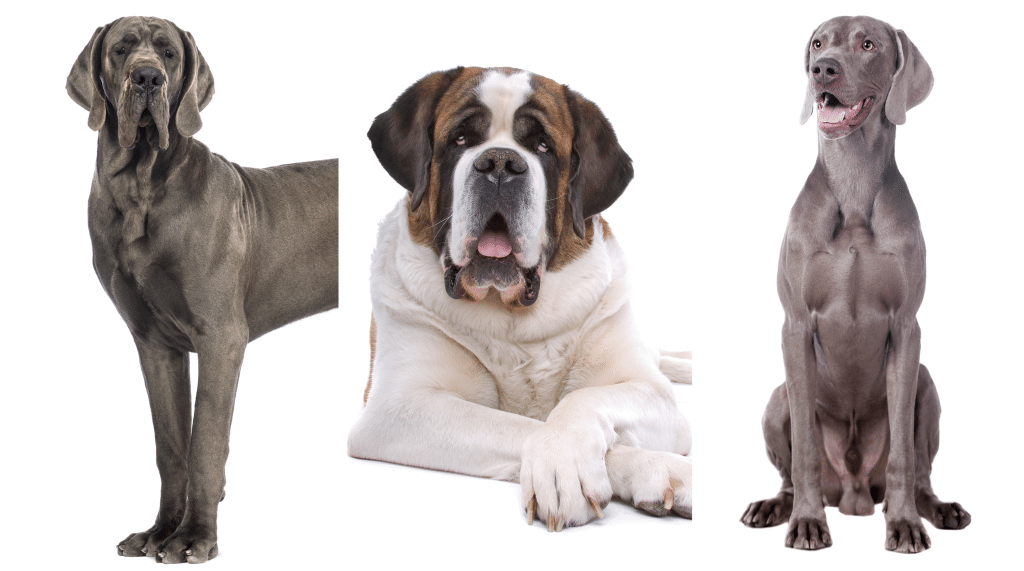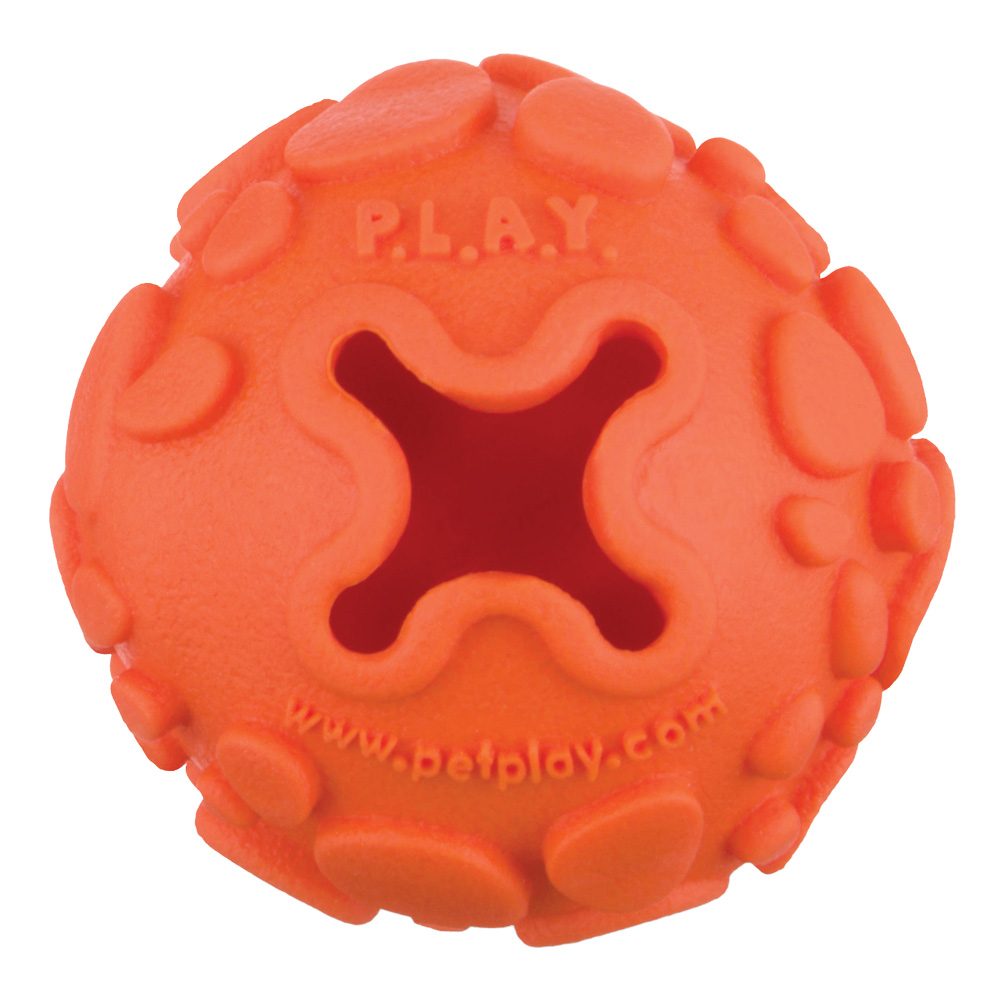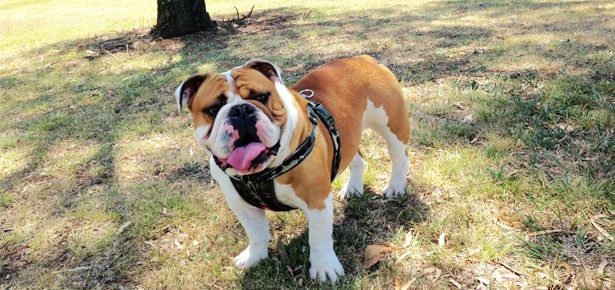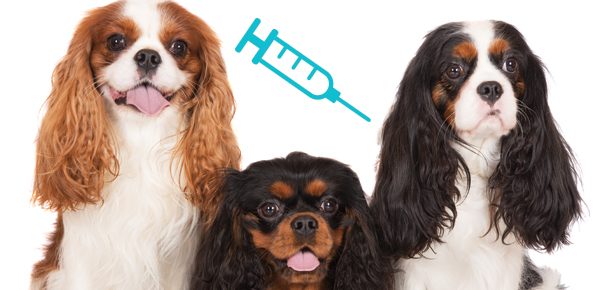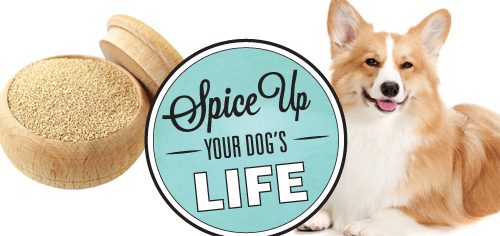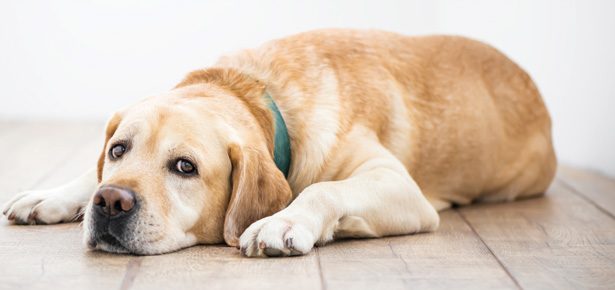
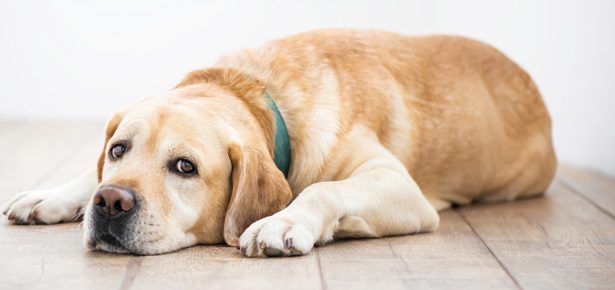
BLOAT: The ‘Time Bomb’ All Dog Owners Should Know About
Watch for these signs and act fast!
It’s described as a ‘time bomb’ for dogs. Gastric dilatation-volvulus (GDV), also known as bloat, is a painful and immediately life threatening condition caused when a dog’s stomach twists, leaving the entrance and exit to the organ blocked.
Bloat can be fatal for your beloved pet if the disease is not treated in time or prevented, says Dr. Adrian Walton, lead veterinarian and owner of Dewdney Animal Hospital.
Dogs can get bloat if they are active after eating a large meal, explains Dr. Walton. This is because food sits at the base of their stomach, and when the dog walks, lies down, or rolls over, the momentum can be strong enough to flip the stomach 360 degrees, effectively twisting the organ and causing trapped gas to build up inside.
“The stomach gets bigger,” Dr. Walton explains, and as “the blood supply is already damaged, it’s not able to pump blood to the stomach, and eventually the tissue of the stomach dies because there’s no blood flow—and so you can even fix the dog, and three days later, you have to go back in because the stomach is starting to rot.”
……………………………………………………………………………………………………
Breeds Predisposed to Bloat:
- Great Dane
- St. Bernard
- Weimaraner
Large, deep-chested breeds are statistically more prone to GDV. This list includes Standard Poodles, Basset Hounds, Irish and Gordon Setters, Old English Sheepdogs, and Doberman Pinschers, though any dog, including small breeds like the Dachshund, can develop bloat.
……………………………………………………………………………………………………
Dr. Walton says there are signs that can help you determine if your dog is suffering from bloat. These signs include the stomach getting larger, your dog pacing and/or trying to vomit but nothing coming out, and tapping the side of your dog’s stomach with your finger—“If it is filled with gas, you will hear almost like a steel drum sound,” Dr. Walton says. This is most apparent when tapping on the left side just below the last rib.
“This is not something to play around with,” the vet warns. “If you see your dog’s abdomen distending, you have to go see an emergency vet—this is not something to wait until the morning. The sooner you get your dog to see a vet the likelihood of your dog surviving—it goes up dramatically.”
Bloat can happen to any breed of dog and at any age, but Dr. Walton said he’s seen more cases in the Great Dane and Standard Poodle.
“Dogs weighing over 100 pounds have approximately a 20% risk of developing bloat during their lifetime.”
Dog owner Linda Larocque has experienced bloat with both of her Boxers—14 years ago with her late Boxer, Brandie, and again with her nine-year-old Boxer, Lucy, in 2019.
Brandie’s stomach bloated twice. “We didn’t even recognize the signs,” recalls Linda. “She just wasn’t eating properly, she was whining, she couldn’t get comfortable… by the morning time she couldn’t even stand up.” That’s when Linda says she and her husband raced their to the vet, where Brandie had to undergo surgery.
The surgery saved Brandie, but there was a lot of damage done internally. Two years later, Brandie got bloat again, “and there was absolutely nothing they could do for her. It was pretty tough,” Linda says.
When she recognized similar signs of bloat with Lucy years later, she sprang into action. “I touched her tummy and she was literally shaking, it was rock hard, and I knew immediately,” Linda says. She rushed her dog to the emergency vet.
Linda got Lucy to the vet in time, where the Boxer had surgery, which included relieving the gas from the stomach. No oxygen was lost from Lucy’s vital organs “because we got her in so quickly that they saved her,” Linda says. “Most times, it’s a death sentence for dogs.”
Bloat most commonly occurs two to three hours after eating a large meal.
To prevent bloat, Dr. Walton recommends speaking with your veterinarian when your dog is a puppy. “We can tack the stomach to the wall when we’re going in to spay them or neuter them. It’s an extra surgery but, you know, it decreases the risk, and on some of these breeds, it’s common enough that it’s justifiable.”
“The main thing that I tell owners is this idea…of letting a dog free feed is a disaster waiting to happen,” says Dr. Walton. “Dogs will gorge themselves, and that just increases the risk.”
“Just small meals throughout the day, two or three feedings—especially if your dog is one of those at-risk breeds—is essential,” he advises.
Calling bloat a “time bomb,” the vet says if you do not recognize the signs of GDV in your pet in time, “the dog is dead. It literally is one of those things where you have a short window of a few hours to recognize what’s going on and take your dog to your veterinarian or the emergency clinic.”
“This is one thing that I think I cannot stress enough,” says Dr. Walton. “Yes, emergency clinics are expensive, but the cost to fix a dog that has just bloated a few hours ago versus a dog that has somehow survived the night and is brought into your vet first thing in the morning is dramatically more challenging,” adding it will include several more visits to the vet, “but the most likely situation is you go to bed—and you wake up to a dead dog.”
Try This! Food Puzzles & Slow Feeders
Food puzzles and slow feeders diminish the chance of bloat by slowing down how fast your dog eats. They also provide terrific brain work for dogs.
Two to try:
NovaFlex Nova Ball; from $7.50, petplay.com
Pineapple Happy Bowl; from $10, zippypaws.com
For more similar products check out our Boredom Busters article or visit our store!
Join the newsletter and never miss out on dog content again!
"*" indicates required fields
By clicking the arrow, you agree to our web Terms of Use and Privacy & Cookie Policy. Easy unsubscribe links are provided in every email.
